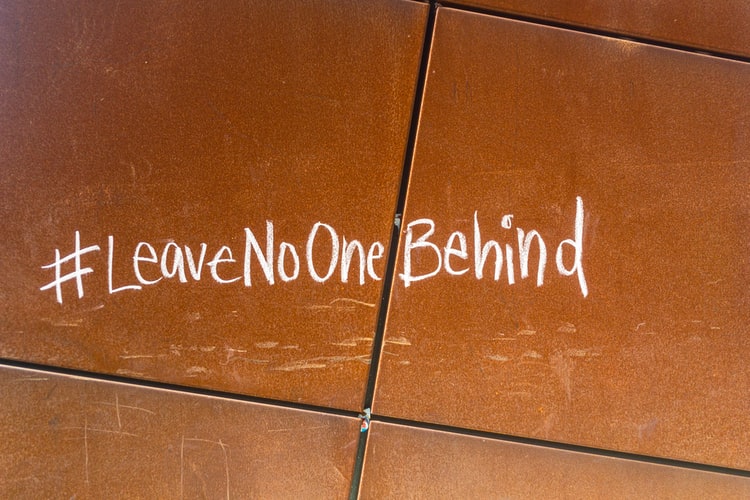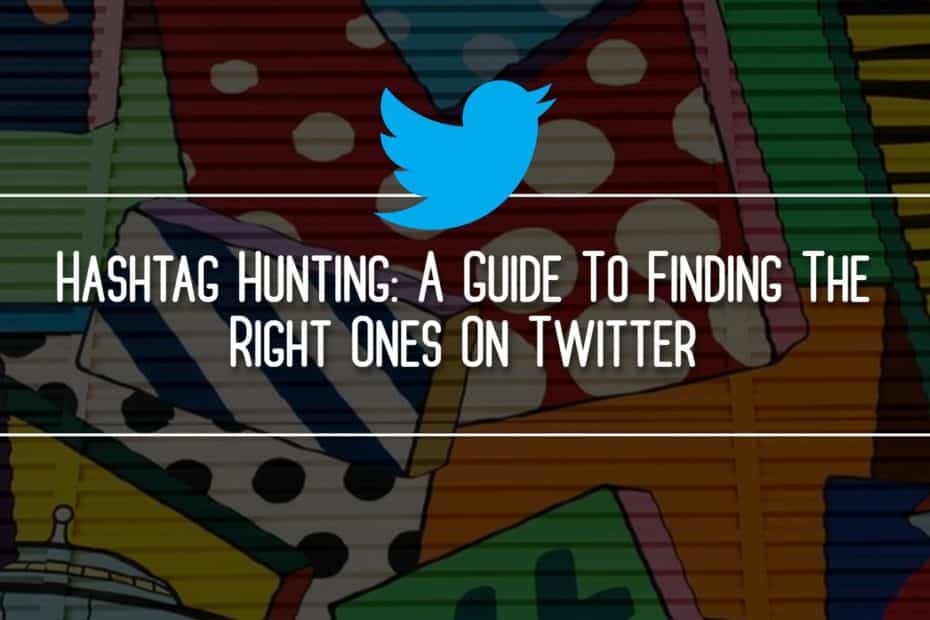Twitter is the original home of hashtags. These are composed of a hash symbol (#) immediately followed by a keyword. The purpose of hashtags is to make searching for relevant topics a lot easier.
To illustrate, in a world without hashtags, a Twitter user will scroll down their entire News Feed in search of posts about specific topics. That is a lengthy process. Although, they can use the search function to make that a little bit easier. But even then, multiple posts unrelated to what they are looking for may pop up just because they contained the keyword.
Hashtags make it more specific. They help Twitter group and categorize Tweets in a more effective way. By turning keywords into hashtags, anyone will be able to find relevant tweets about a specific topic quickly.

With that said, it is recommended that you utilize hashtags to get maximum exposure for your brand. Doing so will increase your visibility and allow your target audience to find you more easily.
To paint a picture, Twitter research found that using hashtags increase engagements boh for individuals and brands. For individuals, engagements are doubled. Meanwhile, brands see a 50% increase.
So most of the time, you would want to use a hashtag. Are you opening a new branch in Los Angeles? Then try using #LosAngeles. Are you talking about how your product can make watching the #BigGame more fun? Then use a hashtag. You get the gist of it. Hashtags will boost your content visibility, thus will bear benefits for your brand.
Ironically, you must not use hashtags on your adverts if you are driving traffic to your website. Hashtags are clickable, so it may cause your audience to click away from your ads. Twitter reports that adverts without hashtags or mentions generate 23% more clicks than those that contain them.
Also, Twitter advises users to use no more than two hashtags per post. Internal data revealed that they are the ones that gain the most attention.
Finding A Hashtag To Use
Remember, the purpose of hashtags is to help Twitter deliver more filtered search results. So, there will be no point in using a hashtag that no one searches for.
Fortunately, there are many places on the internet that you can use to find popular hashtags. Know them through the list below.
The best place to find the most-search hashtags on Twitter is Twitter itself. You can find a personalized list of the top 10 trends on the left-hand sidebar of your profile. The list will include both trending topics and hashtags, so pay attention to details.
For mobile app users, this will instead be a Top 5 list. But, by clicking “See More,” it will become Top 20.
Now, these trends are tailored for you, based on who your real Twitter followers are and your location. You can, however, change it to a different location if you want to.
Aside from the hashtags listed here, there are also evergreen ones that are safe to use anytime. A Hubspot research revealed that the most popular ones tend to be vague and very general. Examples are #science, #goals and #blessed. Also, weekly recurring hashtags like #MotivationMonday will always have a place on Twitter. The best thing about these is that any brand can use them.

Hashtagify
This is perhaps the best place to find a hashtag outside of Twitter. On Hashtagify, all you need to do is enter the hashtag you want to use. Then, the tool will give you results for its Popularity, Recent Popularity, Month Trend, and Week Trend. Furthermore, you’ll receive suggestions for related hashtags.
On top of that, Hashtagify will present you with information on which influencers used the hashtag. There is also data on the top countries and languages that used the hashtag. Moreover, there is a Tweets Wall where you will find recent tweets containing the hashtag.
By purchasing the premium plan, you’ll be able to access more features.
Overall, Hashtagify is a fantastic tool that will give you all the information you need about a hashtag.
Trendsmap
Trendsmap is an interesting tool because it allows you to see how people from different locations talk about popular trends. Here, the trending topics on each location are put on a map. By clicking those pins, you’ll see all the latest trending tweets with that hashtag on that location. You can utilize this to develop geo-specific messages that have high chances of being discovered by your target audience.
RiteTag
RiteTag will help you find the right tags. Through this tool, you can check both trending and popular hashtags.
Let’s differentiate these two. Trending topics are extremely popular but are fleeting. They are popular today, but people will slowly stop talking about them. But, there’s a high chance they rise again in the future. If you want to get noticed now, search for trending hashtags.
On the other hand, popular hashtags are lasting. They are here to stay. Use these if you want to get seen over time.
Aside from trending and popular hashtags, RiteTag will also show you hashtags you should not use. Though some people search for them, they are very few.
Deciding Which Hashtags To Use
Not because you found the trendiest and most popular hashtags means you should use them. For example, you can not use #BlackLivesMatter if your post has nothing to do with the controversial subject. Yes, that will attract people’s attention, though they would not be the audience you planned to target. Besides, if the worst comes to the worst, they could report you, resulting in you being blocked on Twitter.

In short, use only hashtags that are relevant to your business.
If you are not sure about what a hashtag means, do your research first. Twitter will sometimes provide context, but sometimes it will not. You can use a website called TagDef when that’s the case.
With these tools at your disposal, you should be able to find the hashtags that you can use to amp your brand’s exposure.
